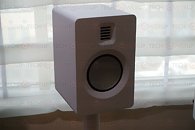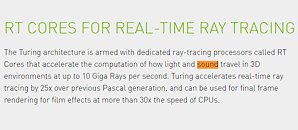
MediaTek Licenses NVIDIA GPU IP for AI-Enhanced Vehicle Processors
NVIDIA has been offering its GPU IP for more than a decade now ever since the introduction of Kepler uArch, and its IP has had relatively low traction in other SoCs. However, that trend seems to be reaching an inflection point as NVIDIA has given MediaTek a license to use its GPU IP to produce the next generation of processors for the auto industry. The newest MediaTek Dimensity Auto Cockpit family consists of CX-1, CY-1, CM-1, and CV-1, where the CX-1 targets premium vehicles, CM targets medium range, and CV targets lower-end vehicles, probably divided by their compute capabilities. The Dimensity Auto Cockpit family is brimming with the latest technology, as the processor core of choice is an Armv9-based design paired with "next-generation" NVIDIA GPU IP, possibly referring to Blackwell, capable of doing ray tracing and DLSS 3, powered by RTX and DLA.
The SoC is supposed to integrate a lot of technology to lower BOM costs of auto manufacturing, and it includes silicon for controlling displays, cameras (advanced HDR ISP), audio streams (multiple audio DSPs), and connectivity (WiFi networking). Interestingly, the SKUs can play movies with AI-enhanced video and support AAA gaming. MediaTek touts the Dimensity Auto Cockpit family with fully local AI processing capabilities, without requiring assistance from outside servers via WiFi, and 3D spatial sensing with driver and occupant monitoring, gaze-aware UI, and natural controls. All of that fits into an SoC fabricated at TSMC's fab on a 3 nm process and runs on the industry-established NVIDIA DRIVE OS.
The SoC is supposed to integrate a lot of technology to lower BOM costs of auto manufacturing, and it includes silicon for controlling displays, cameras (advanced HDR ISP), audio streams (multiple audio DSPs), and connectivity (WiFi networking). Interestingly, the SKUs can play movies with AI-enhanced video and support AAA gaming. MediaTek touts the Dimensity Auto Cockpit family with fully local AI processing capabilities, without requiring assistance from outside servers via WiFi, and 3D spatial sensing with driver and occupant monitoring, gaze-aware UI, and natural controls. All of that fits into an SoC fabricated at TSMC's fab on a 3 nm process and runs on the industry-established NVIDIA DRIVE OS.


























































